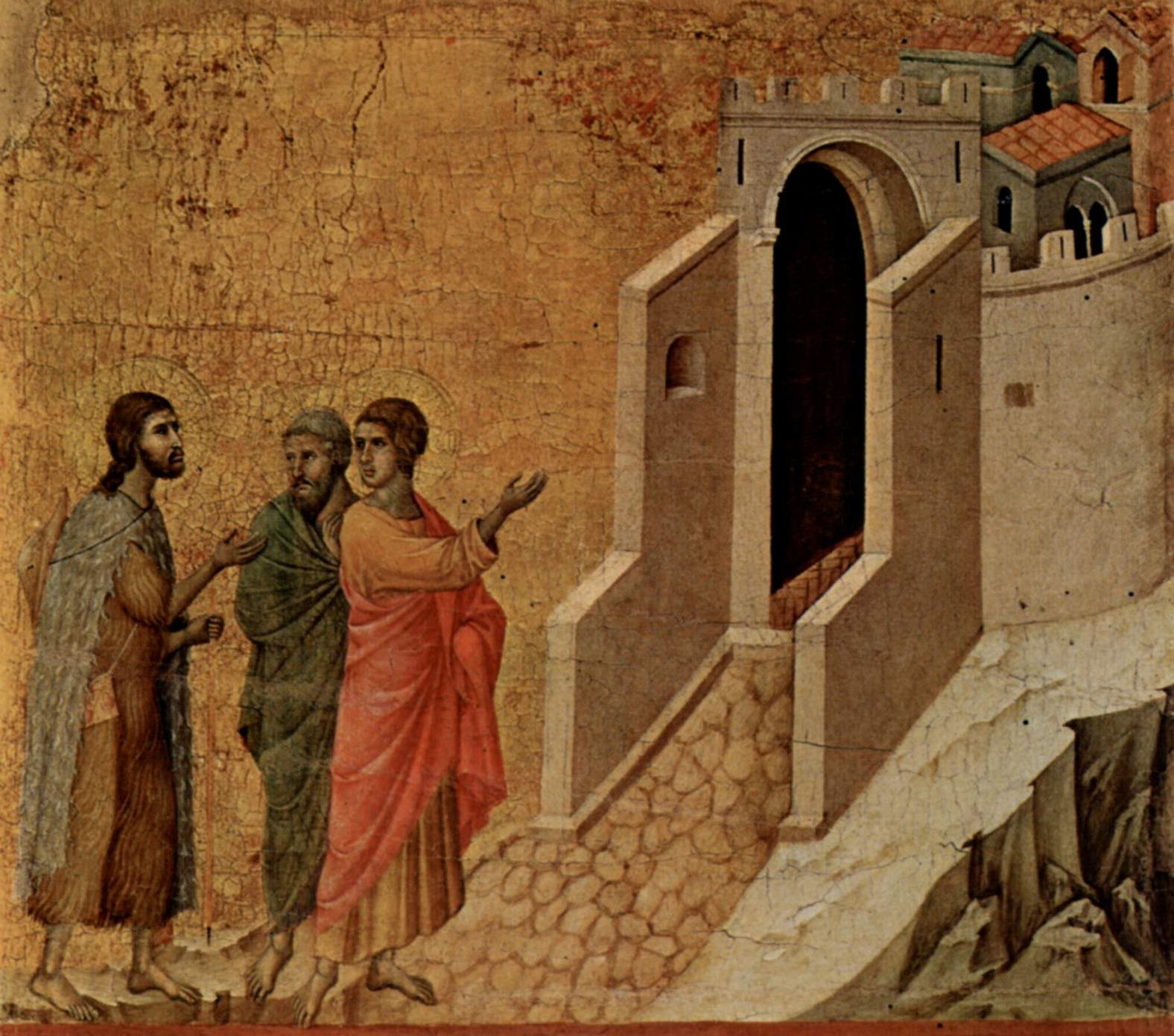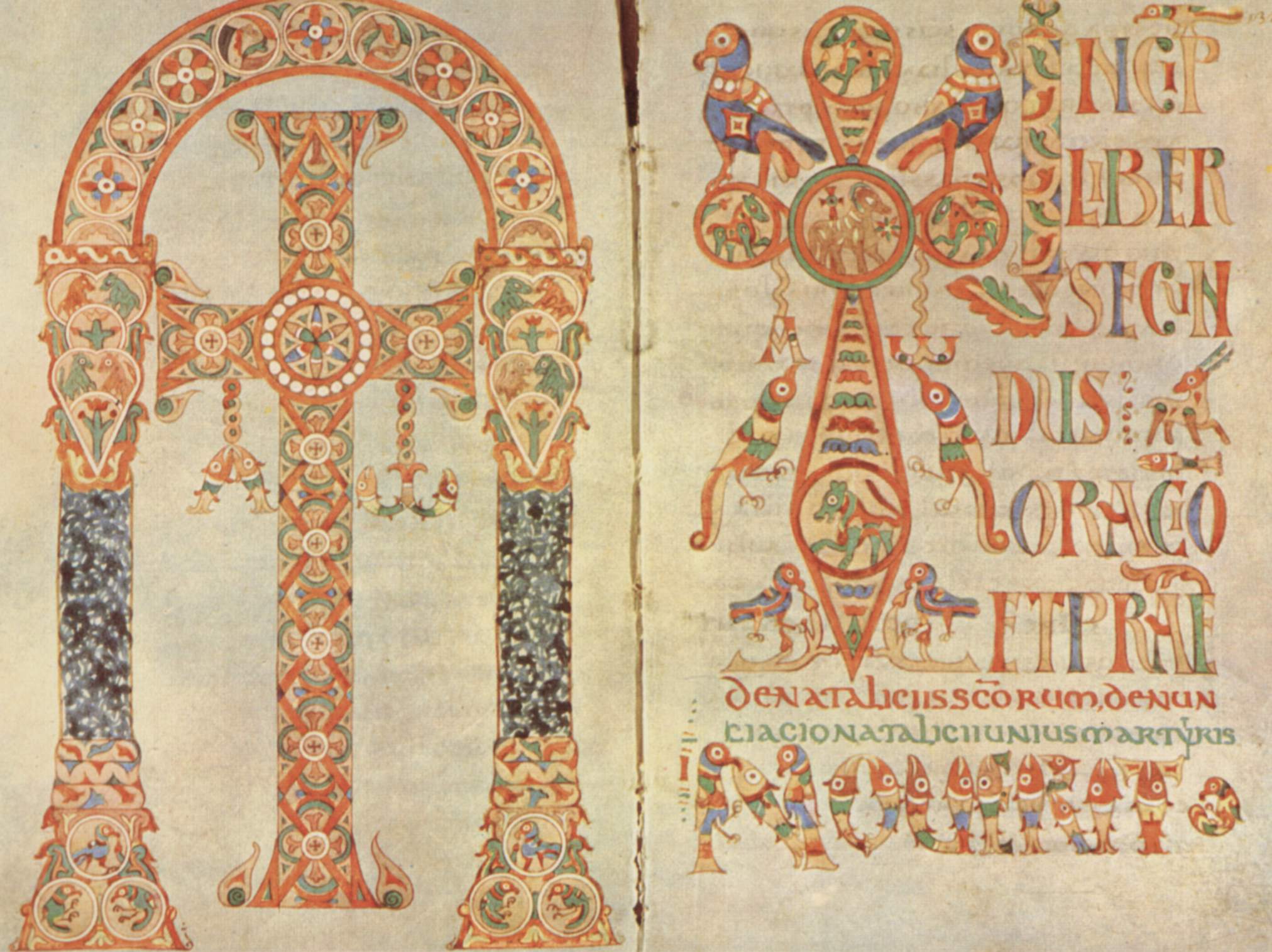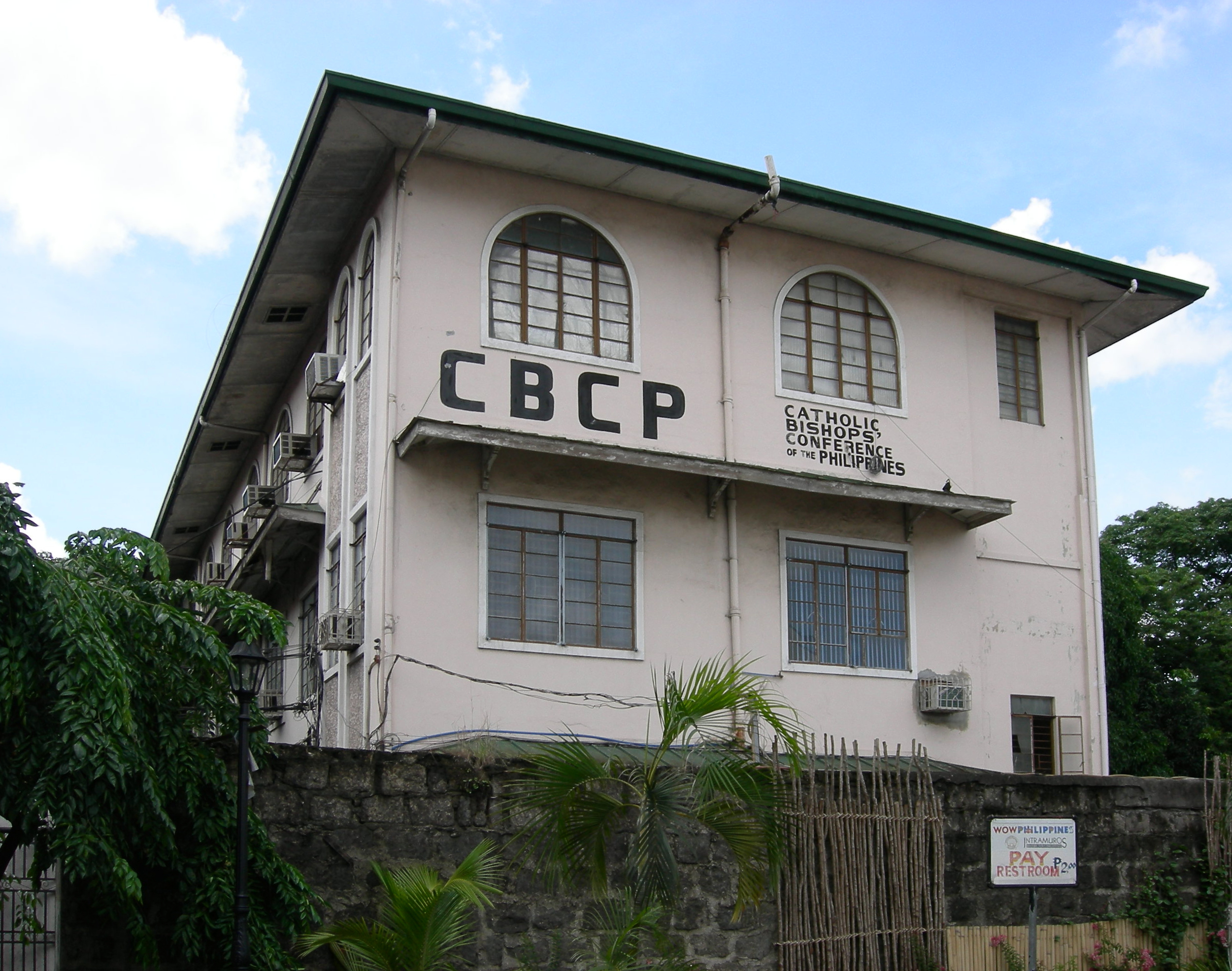|
Fractio Panis (practice)
The Fraction or () is the ceremonial act of breaking the consecrated sacramental bread before distribution to communicants during the Eucharistic rite in some Christian denominations. One of four actions It is almost universally recognized that the rite of breaking the bread is one of the four actions that make up Christian Eucharistic liturgies: # taking bread and wine (the offertory) # giving thanks to God over the bread and wine (the consecration) # breaking the bread (the fraction) # distributing the bread and wine (the communion) Western Christian Roman Rite In the Roman Rite of the Catholic Church, it is accompanied by the singing or recitation of the ''Agnus Dei''. The ''Agnus Dei'' is "the liturgical chant which from ancient times has been sung at Mass at the time of the ''fractio panis'', or the Breaking of the Bread, which precedes the Communion Rite of both the priest and the people". The Catholic Church recommends that the bread for use in the celebration "be mad ... [...More Info...] [...Related Items...] OR: [Wikipedia] [Google] [Baidu] |
Sacramental Bread
Sacramental bread, also called Communion bread, Eucharistic bread, the Lamb or simply the host ( la, hostia, lit=sacrificial victim), is the bread used in the Christian ritual of the Eucharist. Along with sacramental wine, it is one of two elements of the Eucharist. The bread may be either leavened or unleavened, depending on tradition. Catholic theology generally teaches that at the Words of Institution the bread's substance is changed into the Body of Christ (transubstantiation), whereas Eastern Christian theology generally views the epiclesis as the point at which the change occurs. Bread was also used in Jewish Temple ritual as well as in the religious rituals of Mandaeism, Mithraism, and other pagan cultures like that of ancient Egypt. Christianity Etymology of ''host'' The word ''host'' is derived from the Latin , which means 'sacrificial victim'. The term can be used to describe the bread both before and after consecration, although it is more correct to use it ... [...More Info...] [...Related Items...] OR: [Wikipedia] [Google] [Baidu] |
Synod Of Bishops (Catholic)
In the Catholic Church, the Synod of Bishops, considered as an advisory body for the pope, is one of the ways in which the bishops render cooperative assistance to him in exercising his office. It is described in the 1983 Code of Canon Law as "a group of bishops who have been chosen from different regions of the world and meet at fixed times to foster closer unity between the Roman Pontiff and bishops, to assist the Roman Pontiff with their counsel in the preservation and growth of faith and morals and in the observance and strengthening of ecclesiastical discipline, and to consider questions pertaining to the activity of the Church in the world." In addition, each patriarchal church and each major archiepiscopal church within the Catholic Church has its own synod of bishops. Unlike the body that normally assists the pope only by offering advice, these synods of bishops are competent, and exclusively so, to make laws for the entire ''sui iuris'' church that each governs. The Cod ... [...More Info...] [...Related Items...] OR: [Wikipedia] [Google] [Baidu] |
Roman Catholic
Roman or Romans most often refers to: *Rome, the capital city of Italy * Ancient Rome, Roman civilization from 8th century BC to 5th century AD * Roman people, the people of ancient Rome *'' Epistle to the Romans'', shortened to ''Romans'', a letter in the New Testament of the Christian Bible Roman or Romans may also refer to: Arts and entertainment Music * Romans (band), a Japanese pop group * ''Roman'' (album), by Sound Horizon, 2006 * ''Roman'' (EP), by Teen Top, 2011 *" Roman (My Dear Boy)", a 2004 single by Morning Musume Film and television * Film Roman, an American animation studio * ''Roman'' (film), a 2006 American suspense-horror film * ''Romans'' (2013 film), an Indian Malayalam comedy film * ''Romans'' (2017 film), a British drama film * ''The Romans'' (''Doctor Who''), a serial in British TV series People * Roman (given name), a given name, including a list of people and fictional characters * Roman (surname), including a list of people named Roman or Romans *Ῥ� ... [...More Info...] [...Related Items...] OR: [Wikipedia] [Google] [Baidu] |
Church Of Sweden
The Church of Sweden ( sv, Svenska kyrkan) is an Evangelical Lutheran national church in Sweden. A former state church, headquartered in Uppsala, with around 5.6 million members at year end 2021, it is the largest Christian denomination in Sweden, the largest Lutheran denomination in Europe and the third-largest in the world, after the Ethiopian Evangelical Church Mekane Yesus and the Evangelical Lutheran Church in Tanzania. A member of the Porvoo Communion, the church professes Lutheranism. It is composed of thirteen dioceses, divided into parishes. It is an open national church which, working with a democratic organisation and through the ministry of the church, covers the whole nation. The Primate of the Church of Sweden, as well as the Metropolitan of all Sweden, is the Archbishop of Uppsala. Today, the Church of Sweden is an Evangelical Lutheran church. It is liturgically and theologically "high church", having retained priests, vestments, and the Mass during the ... [...More Info...] [...Related Items...] OR: [Wikipedia] [Google] [Baidu] |
Lutheranism
Lutheranism is one of the largest branches of Protestantism, identifying primarily with the theology of Martin Luther, the 16th-century German monk and reformer whose efforts to reform the theology and practice of the Catholic Church launched the Protestant Reformation. The reaction of the government and church authorities to the international spread of his writings, beginning with the ''Ninety-five Theses'', divided Western Christianity. During the Reformation, Lutheranism became the state religion of numerous states of northern Europe, especially in northern Germany, Scandinavia and the then-Livonian Order. Lutheran clergy became civil servants and the Lutheran churches became part of the state. The split between the Lutherans and the Roman Catholics was made public and clear with the 1521 Edict of Worms: the edicts of the Diet condemned Luther and officially banned citizens of the Holy Roman Empire from defending or propagating his ideas, subjecting advocates of Lutheranism to ... [...More Info...] [...Related Items...] OR: [Wikipedia] [Google] [Baidu] |
Anglican Communion
The Anglican Communion is the third largest Christian communion after the Roman Catholic and Eastern Orthodox churches. Founded in 1867 in London, the communion has more than 85 million members within the Church of England and other autocephalous national and regional churches in full communion. The traditional origins of Anglican doctrine are summarised in the Thirty-nine Articles (1571). The Archbishop of Canterbury (, Justin Welby) in England acts as a focus of unity, recognised as ' ("first among equals"), but does not exercise authority in Anglican provinces outside of the Church of England. Most, but not all, member churches of the communion are the historic national or regional Anglican churches. The Anglican Communion was officially and formally organised and recognised as such at the Lambeth Conference in 1867 in London under the leadership of Charles Longley, Archbishop of Canterbury. The churches of the Anglican Communion consider themselves to be par ... [...More Info...] [...Related Items...] OR: [Wikipedia] [Google] [Baidu] |
Book Of Proverbs
The Book of Proverbs ( he, מִשְלֵי, , "Proverbs (of Solomon)") is a book in the third section (called Ketuvim) of the Hebrew Bible and a book of the Christian Old Testament. When translated into Greek and Latin, the title took on different forms: in the Greek Septuagint (LXX) it became (, "Proverbs"); in the Latin Vulgate the title was , from which the English name is derived. Proverbs is not merely an anthology but a "collection of collections" relating to a pattern of life which lasted for more than a millennium. It is an example of the biblical wisdom literature, and raises questions of values, moral behaviour, the meaning of human life, and right conduct, and its theological foundation is that "the fear of God (meaning submission to the will of God) is the beginning of wisdom". Wisdom is praised for her role in creation; God acquired her before all else, and through her he gave order to chaos; and since humans have life and prosperity by conforming to the order of cr ... [...More Info...] [...Related Items...] OR: [Wikipedia] [Google] [Baidu] |
Road To Emmaus Appearance
According to the Gospel of Luke, the road to Emmaus appearance is one of the early post-resurrection appearances of Jesus after his crucifixion and the discovery of the empty tomb. Both the meeting on the road to Emmaus and the subsequent supper at Emmaus, depicting the meal that Jesus had with two disciples after the encounter on the road, have been popular subjects in art. Biblical accounts N. T. Wright considers the detailed narration of the Emmaus journey in Luke 24:13–35 as one of the best sketches of a biblical scene in the Gospel of Luke. Jan Lambrecht, citing D. P. Moessner, writes: "the Emmaus story is one of Luke's 'most exquisite literary achievements'." It describes the encounter on the road to Emmaus and the supper at Emmaus, and states that a disciple named Cleopas was walking towards Emmaus with another disciple when they met Jesus. They did not recognize him, and discussed their sadness at recent events with him. They persuaded him to come and eat with them ... [...More Info...] [...Related Items...] OR: [Wikipedia] [Google] [Baidu] |
Anaphora (liturgy)
The Anaphora is the most solemn part of the Divine Liturgy, or the Holy Sacrifice of the Mass, a thanksgiving prayer by virtue of which the offerings of bread and wine are believed to be consecrated as the body and blood of Christ. This is the usual name for this part of the Liturgy in Greek-speaking Eastern Christianity. In the Eastern Syriac tradition ''Qudaša'' is its equivalent. The corresponding part in western Christian liturgy is nowadays most often called the Eucharistic Prayer. The Roman Rite from the 4th century until after Vatican II had a single such prayer, called the Canon of the Mass. "Anaphora" is a Greek word () meaning a "carrying up" (as distinguished from the use of the same word, then meaning a "carrying back", in rhetoric and linguistics), and so an "offering" (hence its use in reference to the offering of sacrifice to God). In the sacrificial language of the Greek version of the Old Testament known as the Septuagint, (prospherein) is used of the offerer's ... [...More Info...] [...Related Items...] OR: [Wikipedia] [Google] [Baidu] |
Communion Of Western Orthodox Churches
The Communion of Western Orthodox Churches (CWOC; french: Communion des Églises orthodoxes occidentales, CEOO) is a communion of Christian churches. Overview The communion currently comprises three member churches: * The Celtic Orthodox Church The Celtic Orthodox Church (COC; ), also called the Holy Celtic Church, is an autocephalous Christian church founded in the 20th century in France. Since 25 December 2007, the Celtic Orthodox Church has been in communion with the French Orthodox ... * The French Orthodox Church * The Orthodox Church of the Gauls The CWOC was established on 25 December 2007 with the signing of its charter and the concelebration of a mass for the Nativity of the Lord by Bishop Maël de Brescia and Bishop Mark of the Celtic Orthodox Church, Bishop Vigile and Bishop Martin Laplaud of the French Orthodox Church, and Bishop Gregory Mendez of the Orthodox Church of the Gauls. Relations with other churches Written into the directives of the CWOC ... [...More Info...] [...Related Items...] OR: [Wikipedia] [Google] [Baidu] |
Episcopal Conference
An episcopal conference, sometimes called a conference of bishops, is an official assembly of the bishops of the Catholic Church in a given territory. Episcopal conferences have long existed as informal entities. The first assembly of bishops to meet regularly, with its own legal structure and ecclesial leadership function, is the Swiss Bishops' Conference, which was founded in 1863. More than forty episcopal conferences existed before the Second Vatican Council. Their status was confirmed by the Second Vatican Council and further defined by Pope Paul VI's 1966 ''motu proprio'', '' Ecclesiae sanctae''. Episcopal conferences are generally defined by geographic borders, often national ones, with all the bishops in a given country belonging to the same conference, although they may also include neighboring countries. Certain authority and tasks are assigned to episcopal conferences, particularly with regard to setting the liturgical norms for the Mass. Episcopal conferences receiv ... [...More Info...] [...Related Items...] OR: [Wikipedia] [Google] [Baidu] |

.jpg)



